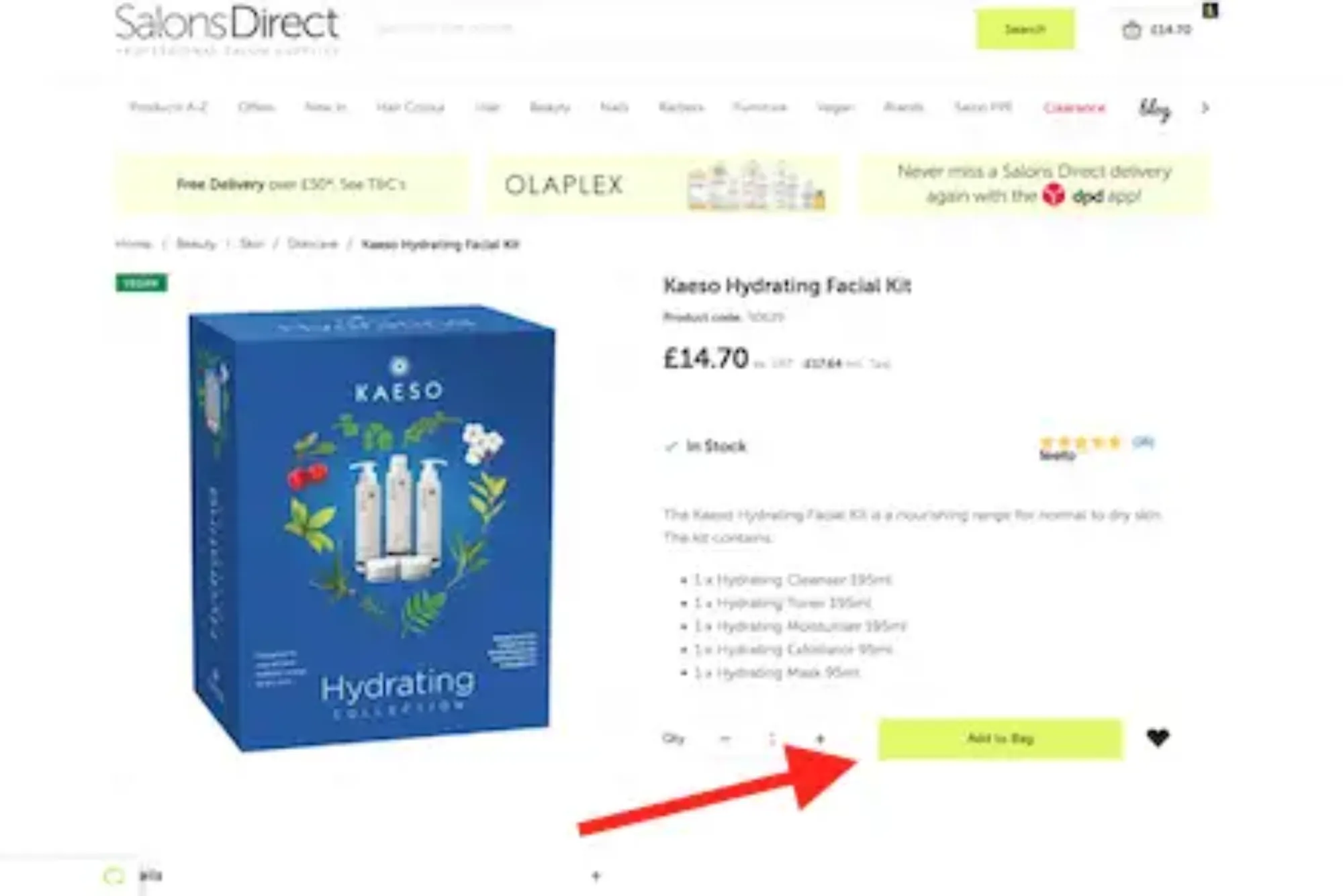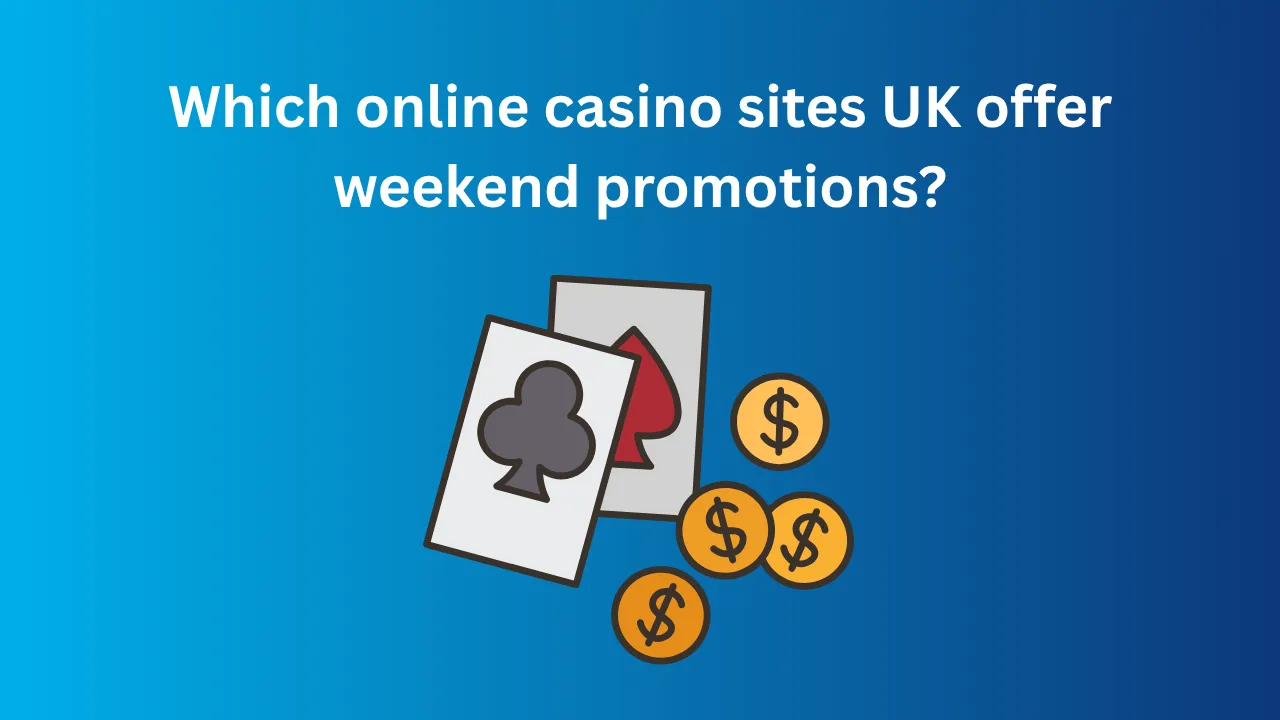Every time I log into a new online poker room, I find myself asking: how do I really know the dealing is fair? In an era where virtual tables reign supreme, trust becomes the currency that matters most. Traditional operators have relied on regulated random number generators (RNGs) and third-party auditors to ensure fairness, but can blockchain take transparency a step further? Drawing on my years covering gaming technology, I’ll explore how decentralized ledgers work, real-world case studies, and whether blockchain can truly guarantee poker room transparency.
How Blockchain Works to Boost Fairness
Blockchain’s core strength is its immutable, shared ledger. Each transaction—whether it’s a shuffle seed, hand outcome, or pot distribution—can be recorded on-chain in a tamper-resistant format. Once validated by multiple nodes, a block is locked in perpetually. For poker, this means every card shuffle or hand history could be hashed and published, allowing players and auditors to verify the sequence and randomness without exposing private data.
Typically, a fair shuffle algorithm would generate a cryptographic hash of the deck state before and after each deal. Players could compare those hashes against on-chain records to confirm no unauthorized changes occurred. In gaming scenarios, developer teams also employ smart contracts—self-executing scripts on the blockchain—to automate pot management, rake calculations, and payout distributions. These smart contracts trigger payments directly to wallets, sidestepping opaque house-ledger adjustments.
Naturally, the architecture varies by platform: some use public chains like Ethereum or BNB Smart Chain, while others adopt private or consortium chains optimized for speed and cost. Regardless, the key promise remains consistent: an unalterable audit trail that both players and regulators can inspect in near real time.
Implementations Beyond the UK Mainstream
While major licensed sites in the UK rely on regulated RNGs, a growing niche of non uk casinos accepting uk players has adopted blockchain-based poker rooms to carve out a reputation for enhanced transparency. By leveraging decentralized protocols, these operators appeal to players frustrated by opaque business practices elsewhere.
One such platform uses a hybrid model: initial shuffles occur off-chain to maximize speed and efficiency, then critical shuffle checkpoints are hashed and committed on-chain. This approach balances performance with verifiability, allowing players to access on-demand proof of fairness without suffering long wait times between hands.
Why Some Operators Resist
Despite the promise, blockchain integration isn’t without hurdles. Transaction fees on public chains can bloat costs, especially during network congestion. Private chains solve this but reintroduce centralization risks. Additionally, smart contract bugs or oracle dependencies (for off-chain data) can lead to exploit vulnerabilities. Many established operators opt instead for traditional RNG certification, citing cost-effectiveness and regulatory familiarity.
Real-World Case Studies
Decentralized Poker Protocol
A prominent DeFi-gaming initiative launched its poker protocol with full open-source smart contracts. Developers audited the code base publicly, then deployed on a testnet alongside a production network. Users reported feeling empowered by the transparency; they could inspect shuffle and payout logic anytime. However, the project struggled with onboarding mainstream users unaccustomed to managing crypto wallets or gas fees.
Consortium-Led Private Blockchain
Another consortium of smaller operators pooled resources to build a private permissioned blockchain. Nodes included major software providers, accredited auditors, and affiliate managers. Every hand recorded on-chain, but only authorized nodes could validate blocks, ensuring performance remained high. While this model offered a middle ground, critics noted that permissioned networks can still be manipulated if collusion occurs among node operators.
Limitations and Practical Considerations
User Experience Challenges
Integrating wallets, private keys, and gas management adds friction. Casual players might prefer seamless fiat entry and exit, even at the expense of ultimate transparency. Some platforms address this by custodial wallet models—though that reopens trust questions.
Regulatory Alignment
Authorities like the UK Gambling Commission emphasize robust RNG audits, KYC checks, and anti-money laundering controls. While blockchain can complement audits by providing an immutable record, it doesn’t replace identity verification or responsible gaming safeguards. Operators must blend on-chain transparency with off-chain compliance processes to satisfy regulators.
Costs and Scalability
On public chains, high gas fees during network spikes can delay hand settlements or raise transaction costs. Layer-2 solutions and sidechains are emerging to tackle these issues, but they add architectural complexity and potential security trade-offs.
Future Outlook: Will Blockchain Become the Gold Standard?
I believe blockchain has a significant role to play, particularly for niche segments and high-stakes communities demanding absolute auditability. As layer-2 networks mature and wallets become more user-friendly, we’ll likely see broader adoption. However, mass-market operators might continue favoring proven RNG audits while experimenting with blockchain proofs as an added trust layer.
In my conversations with industry insiders, many see a hybrid future: traditional platforms offering optional on-chain proof toggles, while blockchain-native rooms cater to transparency advocates. Ultimately, the best poker rooms will blend speed, convenience, and verifiable fairness—leveraging blockchain’s strengths without compromising player experience.
Expert Tips for Players
Players curious about blockchain-powered poker should start small:
-
Explore demo modes or low-stakes games to familiarize yourself with on-chain proof features.
-
Check whether the platform publishes shuffle hashes and hand histories.
-
Compare blockchain hand records against your session logs.
-
Watch for gas fee estimators and Layer-2 integrations to minimize extra costs.
By adopting a cautious, exploratory approach, you can enjoy both the thrill of poker and the reassurance of cryptographic transparency.









